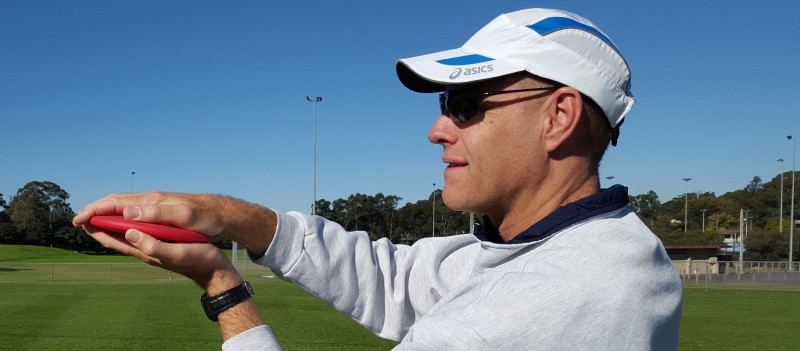Be Aware of these 3 Myths When Coaching Young Athletes
This is the fourth in a series of articles in which I discuss common of myths and misconceptions that surround the rules and coaching of athletics events. I have identified another three myths that require examination and busting, so off we go again . . .
MYTH 1: If you knock hurdles over you are disqualified
It is a common belief that knocking over a hurdle, or a certain number of hurdles, results in an athlete being disqualified.
However, the knocking down of hurdles does not result in a disqualification nor prevent a record being made, unless in the opinion of the relevant officials that an athlete deliberately knocks down any hurdle.
Hurdles will often be knocked down during a race. This can be caused by an athlete hitting the bar of the hurdle with their lead foot, or when pulling through their trail leg.
Athletes obviously don’t want to hit hurdles during a race as it can cause them to stumble, lose rhythm and slow down. But even if an athlete knocks down every hurdle during an event, there is no formal penalty, as long as the officials believe that the athlete is making a genuine attempt to go over each hurdle.
Unless done deliberately, the knocking down of hurdles does not disqualify an athlete.
MYTH 2: A dropped relay baton results in disqualification
Possibly because of what we sometimes see in elite competition – athletes pulling up (and giving up) after their team drops a baton – many people are under the impression that the dropping of a relay baton leads to a team being disqualified.
However, the IAAF (International Association of Athletics Federations) Athletics Competition Rules state that dropping a baton shall not result in disqualification, providing:
- If dropped, the baton is recovered by the athlete who dropped it. The athlete may leave their lane to retrieve the baton provided that, by doing so, they does not lessen the distance to be covered.
- Where the baton is dropped in such a way that it moves sideways or forward in the direction of running (including beyond the finish line), the athlete who dropped it, after retrieving it, must return at least to the point where it was last in his hand, before continuing in the race.
- No other athlete is impeded during this process.
Provided proper procedure is followed in retrieving a baton, the dropping of a relay baton does not automatically disqualify a team.
MYTH BUSTED!
More information: How to Teach Kids Circular Relay Baton Changes.

MYTH 3: On the line is “in”
Because of the rules of many other sports, where a ball landing on the line is counted “in”, many people assume that a shot, discus, javelin or hammer landing on the sector line can be counted and be measured.
However, the IAAF Athletics Competition Rules states that it shall be a failure if the shot, the discus, the hammer head or the head of the javelin touches the sector line or the ground outside the sector line where it first lands.
A throwing implement that lands on the sector line is counted as being “out”.
MYTH BUSTED!
Do you know of any athletics-related myths?
If you have come across any other athletics-related myths or would like to ask a question about something that you suspect could be a myth, let me know by leaving a comment. I might discuss it in a future post.
Further reading
3 Common Athletics Myths You Should Know
3 More Athletics Myths You Should Know
Another 3 Athletics Myths You Should Know
Reference
IAAF Athletics Competition Rules 2018-2019
If this post helped you please take a moment to help others by sharing it on social media. If you want to learn more I encourage you to leave questions and comments or contact me directly.
 Darren Wensor is a sports development professional, coach educator, specialist coach of young athletes and founder of the blog coachingyoungathletes.com. Learn more about him here and connect with him on Twitter, Facebook, Linkedin, Anchor or via email.
Darren Wensor is a sports development professional, coach educator, specialist coach of young athletes and founder of the blog coachingyoungathletes.com. Learn more about him here and connect with him on Twitter, Facebook, Linkedin, Anchor or via email.



[…] 3 Athletics Myths That May Surprise You […]
LikeLike